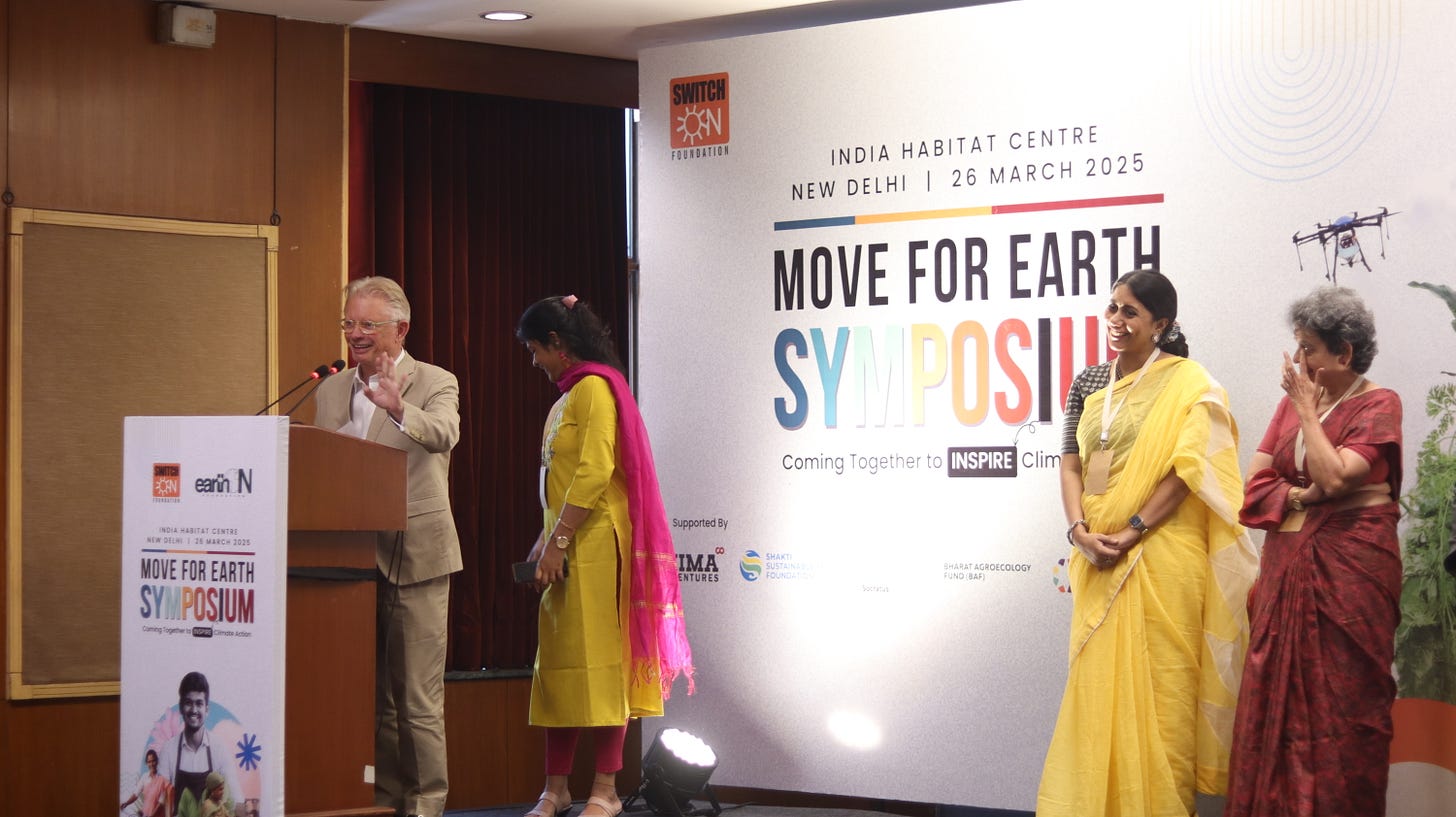The Awards Tour Part One
42,000 miles, 13 flights, five countries, 24 days, five meetings, three awards ceremonies, and 15 meetings late
Part One: Celebrating Cleantech Entrepreneurs in Far Away Places While the World Collectively Holds its Breath
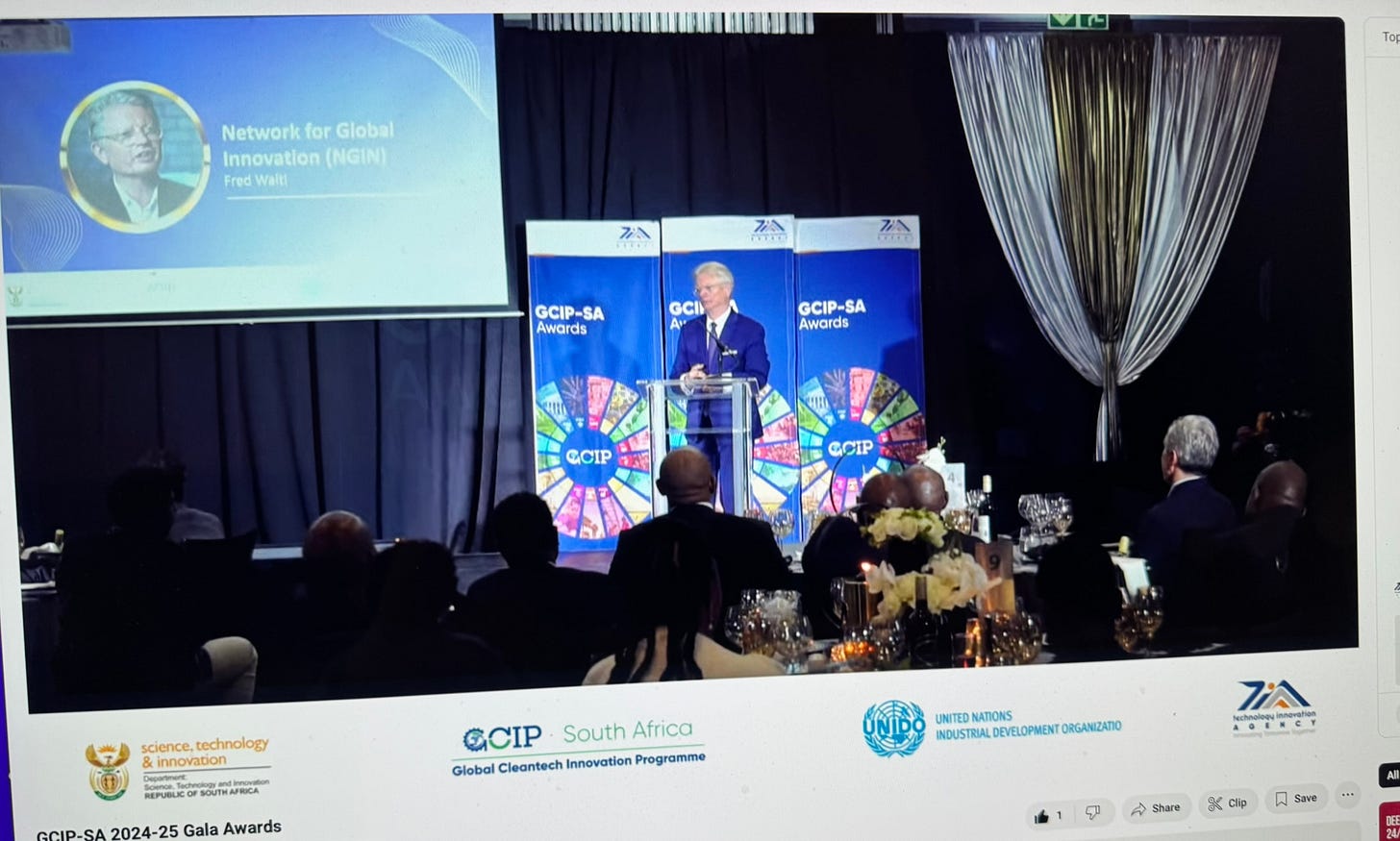
We’re somewhere over central Africa flying north towards Amsterdam; the entire cabin is dark as only my screen is lit up. I’m wondering what kind of America am I returning to? It feels like everything has changed. We’ve been in five countries and the people we’ve met are watching, worrying, and wondering about what Trump is doing. It may be the end of the “Globalization Era,” but the globe is collectively holding its breath. When we left 24 days ago, I still held onto the hope that it can’t be as bad as it felt. Now I know better.
I’m in the cleantech business (also called climate technology, green economy, climate change, and sustainability among other less flattering descriptions), and Trump’s jack hammering of all things cleantech is having a direct impact on my world. The UK is easing car manufacturer’s requirements for EV development; South Africa is considering re-commissioning a large coal plant rather than decommissioning it; much of the pressure put on India to reduce its coal consumption has evaporated, etc. If the world’s largest economy is no longer concerned about Green House Gas emissions and climate change, why should we (fill in the blank) worry about it? Couple that with the disappearance of USAID funded programs in Africa and it’s a new day in Dodge and the bad guys are winning.
Happy Thoughts
The purpose of this trip is all things Cleantech Entrepreneurs. NGIN’s mission is to slow climate change by enabling entrepreneurs to become (more) successful, no matter where they reside. So, this trip is to South Africa, India, and Namibia to hold awards ceremonies for our Just Transition to the Future (JTF) energy challenges. We’re awarding modest prizes to outstanding entrepreneurs who have unique technologies operating at the nexus of water, agriculture and energy. It’s a happy time for them and us. If you want to feel good about mankind’s future, spend some time with young entrepreneurs trying to build companies whose products address key local issues. I actually feel like we’re making a tiny bit of progress and then Karen turns on CNN International …
In South Africa, we’re on the verge of launching new JTF challenges in all nine of its provinces, working with its Technology Innovation Agency (TIA) and its ten innovation hubs. Pretty exciting stuff.
Entrepreneurship as a Competitive Advantage
Much of what I do is to educate the Powers to Be in various countries on why entrepreneurs are important to the world, what being an entrepreneur really means, and what countries need to do to build an entrepreneurial culture. (When I first started traveling to developing countries espousing these points in 2013, I faced a reality that I had not thought much about till then: that entrepreneurs in other countries (including such “developed” countries as Europe) were not valued, not understood and not supported. It was frustrating that even though these same leaders espoused that they want more entrepreneurs, few understood what “entrepreneurship” is. This trip my speeches are some version of What Entrepreneurs (Really) Do and were usually well received. In his keynote address at one of the events, South Africa’s Minister of Science Technology and Innovation called me out to become a Professor of Entrepreneurship in South Africa. He’d probably change his mind is he saw my school grades: )))
I gave an all-day workshop in Namibia on how to harness innovation to drive economic development, a strategy that I call building a 5x-EconomyTM. Research shows that creating one new innovation job is worth five times the value of creating a retail or warehousing job. Hence the 5x-Economy TM name. NGIN’s Innovation Framework represents our thinking on how to build one. I’ve been working on the Framework since 2016 so I’m happy that audiences are starting to get it.
Trump and Musk are right about US aid, to some degree
Dependence on financial support throughout the Global South is embedded in these country’s economic strategies. Whether it comes from USAID, the State Department, the World Bank, or the United Nations Industrial Development Organization, these countries have come to depend on it for basic functions. Most of them have gradually evolved to expecting this support, justifying it because its the industrialized world (especially the US) that have caused the world’s problems (their view, not mine).
Getting “aid” is just a normal, everyday part of business and government. While this may be helpful for specific programs, long term it makes a developing country lazy as this aid becomes an entitlement.
So, you can imagine the shock across the African continent when aid is stopped (at best temporarily), along with the new tariffs is causing a global re-think. Many of the people I spoke with view this as a good thing, long term, as it forces a country to become more competitive and self-sufficient.
But, the real question is how this aid is reduced and removed. By yanking 100% of it as the Trump Administration is doing, the people hurt will be the subsistence population who have no other alternatives, which is why taking a cleaver vs a scalpel will have tragic consequences.

This has been a ball-buster of a trip.
The cheapest way to get from here to there is to go the other direction first. And do try to start or end your trip at two in the morning. Basically, if its inconvenient, its cheaper. We’ve only been to four countries (on purpose and five total), but it’s taken us thirteen flights to get there and back. This is what 40,000 flying miles looks like:
· PVR to Mexico City
· Mexico City to Amsterdam
· Amsterdam to Johannesburg
· Joburg to Addis Abba, Ethiopia
· Addis to Delhi
· Delhi to Bhupan
· Bhupan to Delhi
· Delhi to Addis Abba, Ethiopia
· Addis to Windhoek, Namibia
· Windhoek back to Joburg
· We’re now flying back to Amsterdam
· Two more flights remain to Mexico City and then to Puerto Vallarta
To ease the literal and virtual pain of this trip, KR and I take two side trips to the Skeleton Coast in Namibia and our first visit to Bhutan. More on those in the upcoming Parts Two and Three. We’re getting soft in our old(er) age as we now stay in above average hotels (mostly); check our bags rather than carrying them onboard like we used to; give ourselves plenty of time to catch flights; always arrange for someone to pick us up /drop us off at the airport to avoid searching for a taxi in a strange land; and chill in our hotel room as often and long as needed. It’s still a ball buster.
I was within twelve hours of catching our flight home when my left shoulder/neck gave out. I was in so much pain that I couldn’t move. An early morning visit to a local medical center for a shot in the butt and lots of oral pain killers got me to this seat.
Here's what some of the events and activities looked like.
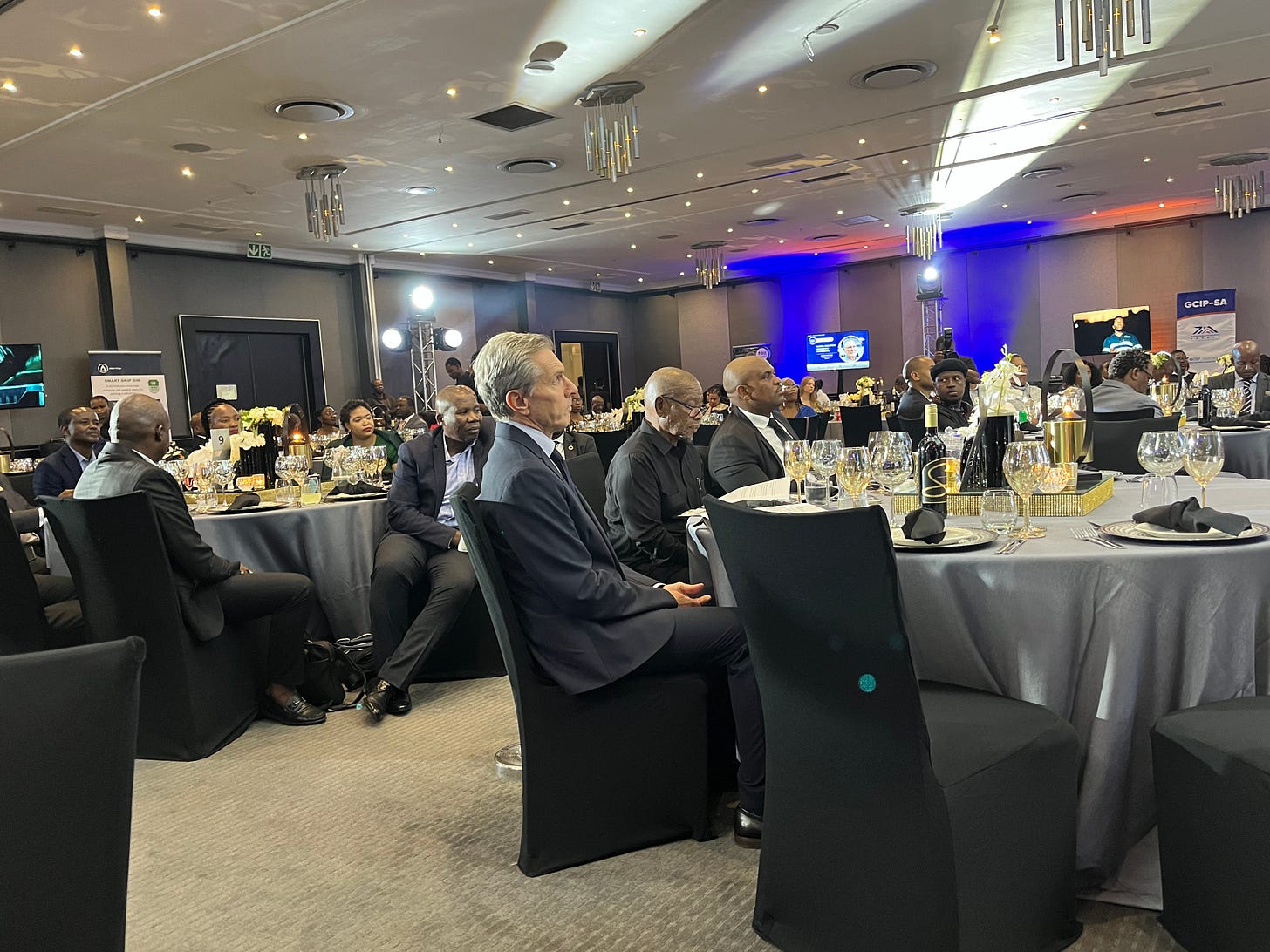
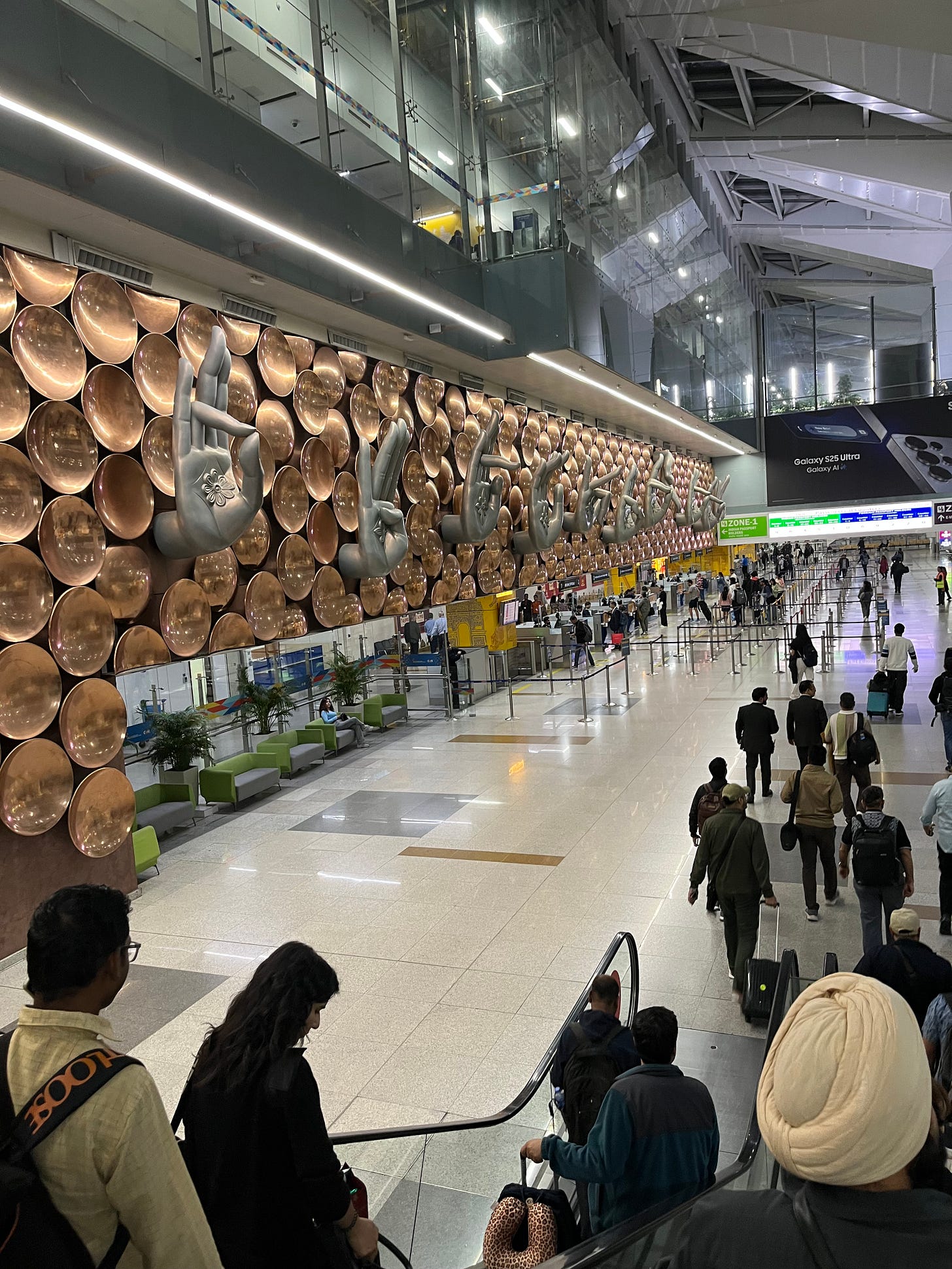
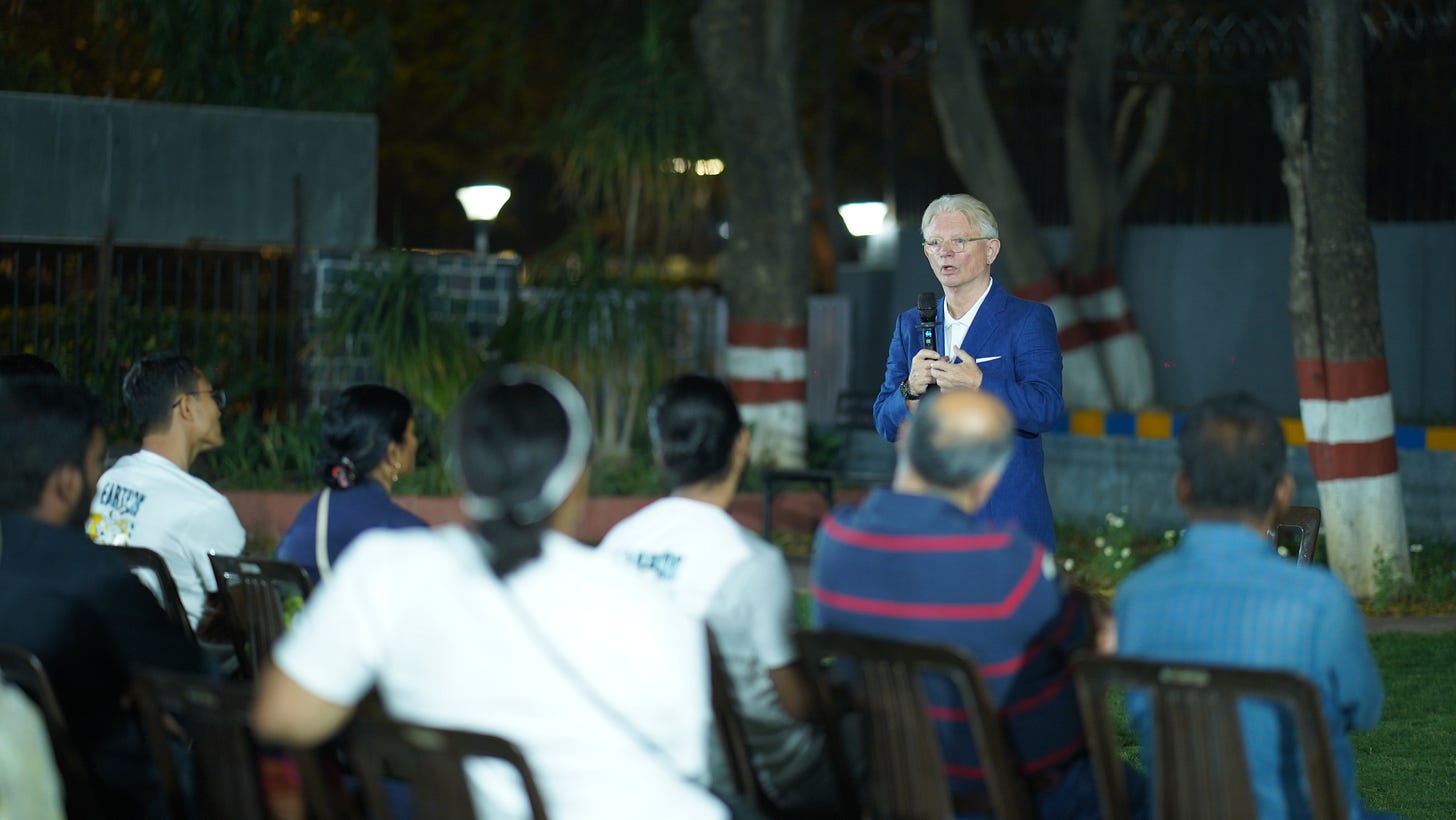
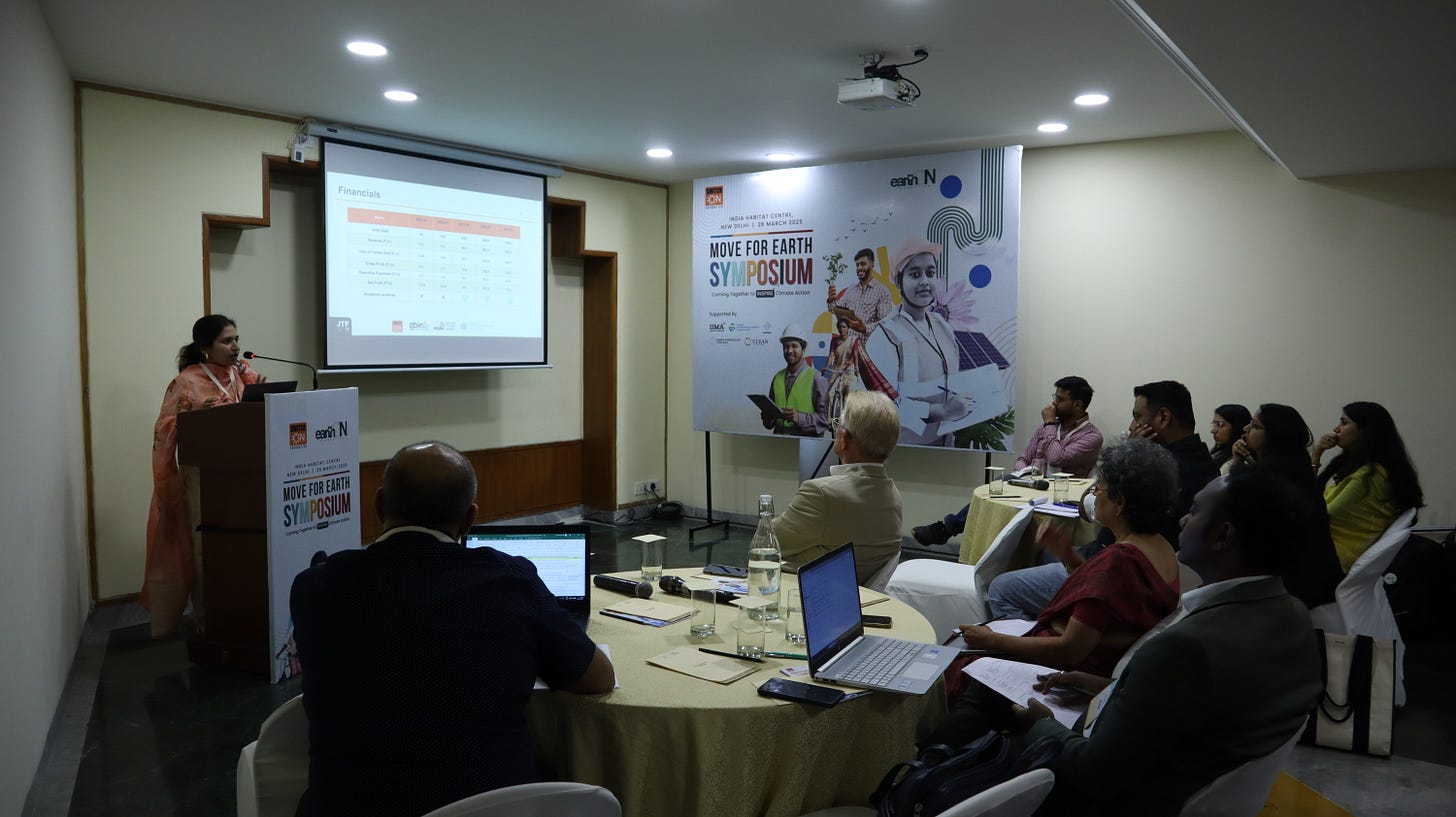

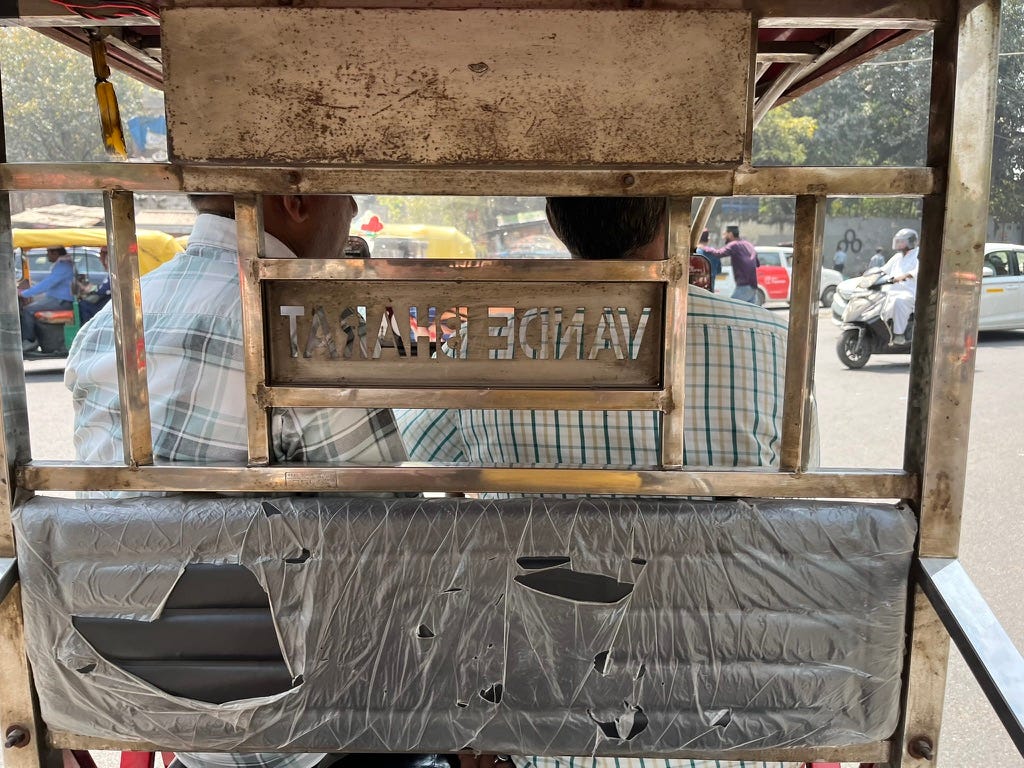
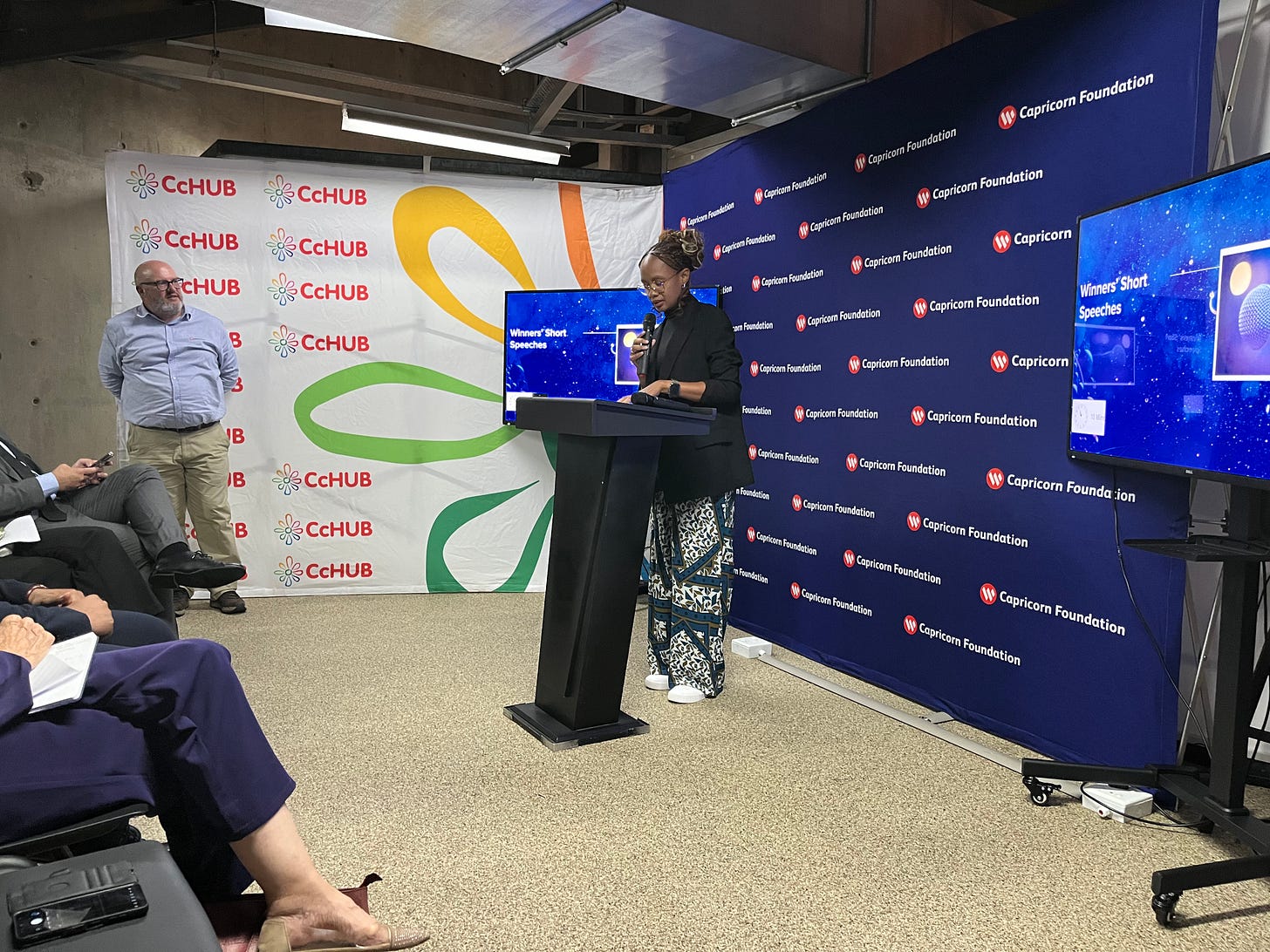
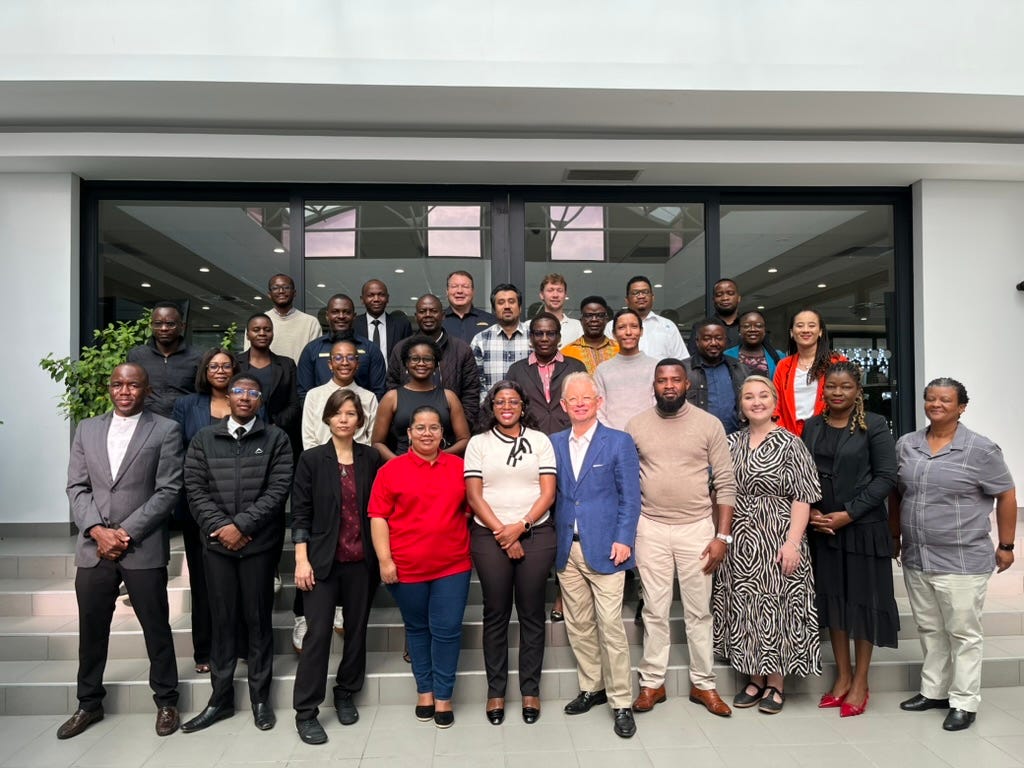
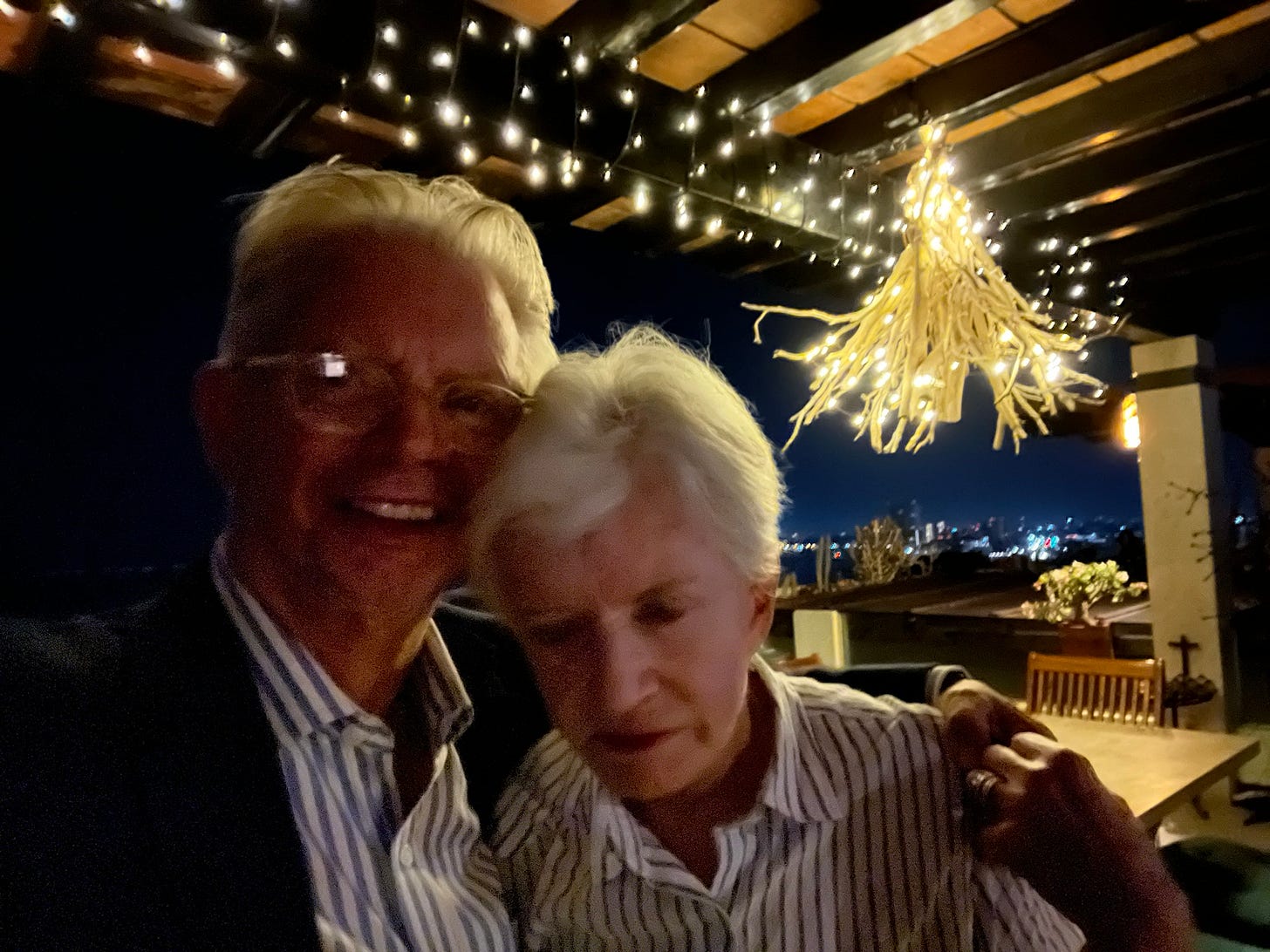
Part Two is on the way.
fred





